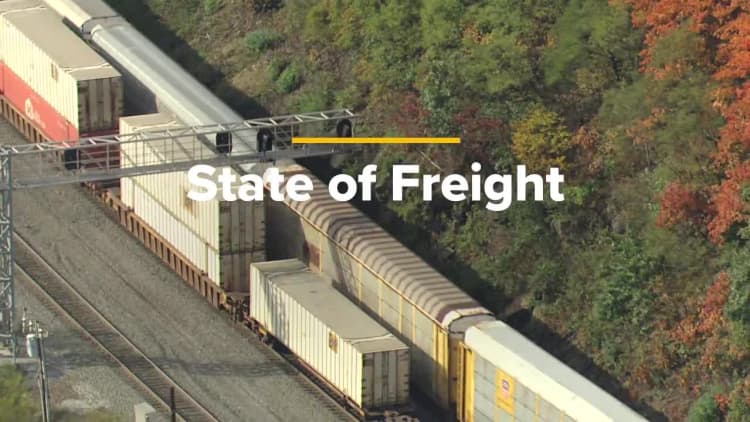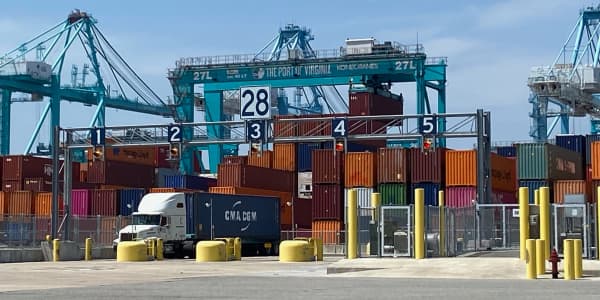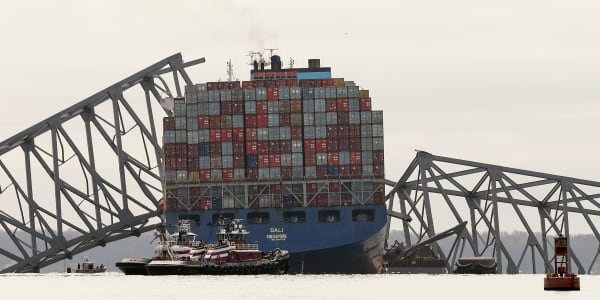A big decline in warehouse orders leaving storage and heading to retailers is another signal of the pullback in consumer demand.
According to the latest data from WarehouseQuote, outbound orders from customers shipping to retailers is down by one-third (-33%) year over year.
Jordan Brunk, CMO of WarehouseQuote, said with fewer products being moved out of warehouses to go into stores there will be less warehouse space available for incoming orders.
Year over year the West Coast has seen higher pricing for third-party logistics warehousing, but more recently (Q3 vs. Q2 2022), pricing has decreased, Brunk said, while the East Coast continues to see a rapid increase in pricing as more overseas trade is routed for East Coast ports to avoid West Coast port labor issues.
Based on ocean orders, there is no sign of this trend slowing down. The ports of New York/New Jersey and Savannah continue to lead the way for incoming vessels. In the Gulf, the Port of Houston recently announced it was considering an "excessive dwell fee" on containers that stay longer than the free time allowed at the terminal. The port posted historic volumes processed in August.
"Port Houston is committed to meeting the challenge of historic cargo demand and providing a cost-efficient and vital gateway for America's maritime cargo," said Roger Guenther, executive director at Port Houston.
"We are investing in people and infrastructure to meet our customers' needs. We are expediting the development of container yard space and wharves and are adding equipment like ship-to-shore cranes and rubber-tyred gantry cranes to maintain efficiency as we expand terminal capacity."
The CNBC Supply Chain Heat Map data providers are artificial intelligence and predictive analytics company Everstream Analytics; global freight booking platform Freightos, creator of the Freightos Baltic Dry Index; logistics provider OL USA; supply chain intelligence platform FreightWaves; supply chain platform Blume Global; third-party logistics provider Orient Star Group; marine analytics firm MarineTraffic; maritime visibility data company Project44; maritime transport data company MDS Transmodal UK; ocean and air freight rate benchmarking and market analytics platform Xeneta; leading provider of research and analysis Sea-Intelligence ApS; Crane Worldwide Logistics; DHL Global Forwarding; freight logistics provider Seko Logistics; and Planet, provider of global, daily satellite imagery and geospatial solutions.






